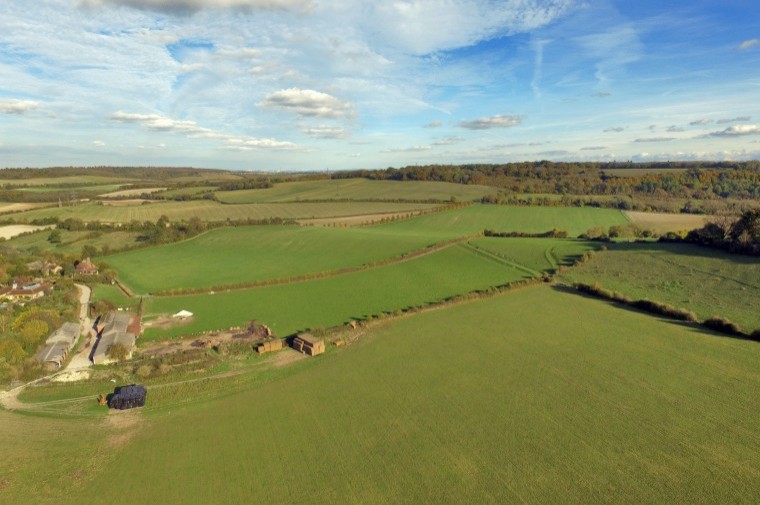As the Savills farm agency team in the South East looks forward to the end of 2018, the picture remains a positive one for farmland sales.
In the South East of England, 15,000 acres of farmland were marketed to the end of September, compared with 12,300 acres within the same period in 2017, translating into an increase of 22%. This compares with an increase in supply across Great Britain of 27% (England 32%) for the same period.
The Savills South East region, which includes Berkshire, Buckinghamshire, Sussex, Hampshire, Oxfordshire, Surrey and Kent, has accounted for 12% of farmland marketed in England up until the end of the third quarter of 2018.
Survey
The Savills Farmland Value Survey shows that during the first nine months of the year, the average value of prime arable land in the South East of England fell by -2.3% to £9,310 per acre. This compares with an average decrease across Great Britain, for prime arable land, of -1.6% (to an average £8,800 per acre) for the same period.
Confidence
However, confidence in the commercial farmland market is still strong, if the offering is of good quality. Within the South East, there is still a significant amount of rollover money available from the sale of land for development. As always, farms which are well equipped, well maintained and located within desirable locations will attract the most interest and achieve the highest price per acre return when sold.
Court and Brookers Farm near Gravesend in Kent, a 746 acre commercial organic farm with a four bedroom farmhouse, three bedroom farm cottage and a range of livestock buildings, was sold by Savills this summer, achieving in excess of the guide price. The farm offers excellent scope for building upon an already well established and profitable business, which is currently one of the largest farms in terms of acreage sold within Kent this year.
Westcliffe Farm, a bare land holding amounting to 80 acres of pasture at St Margaret’s at Cliffe, Kent sold for in excess of its guide of £600,000 in a best bid situation earlier this year. The land was sold to a local farmer but there was considerable interest from across the country from farmer buyers and investors alike.
Lifestyle farms
Lifestyle farms are an area which remain buoyant. As with commercial farms, location is key, with farms in areas where there is a low supply of properties coming to market achieving the best prices. When combined with a picturesque and well maintained character farmhouse, excellent prices have been achieved during 2018, with similar demand expected to continue going forward.
A case in point to demonstrate the opportunities within the lifestyle farm market is Hermitage Farm in Peasmarsh, East Sussex, which was recently sold by Savills. Due to a high degree of interest, the sale ended up going to best bids, with a final sale price achieved of 32% over the guide price.
Going forward into 2019, we anticipate a degree of uncertainty in the farmland market, which will echo the feeling within the wider property and investment markets. However, we believe that farmland will still remain a safe currently tax efficient (in terms of CGT for rollover and IHT) investment, with little in the way of price changes expected in the coming twelve months. The current planning system and pressure for development also brings in an element of “hope” which helps underpin values.
Secure investment
Farmland has proved a safe and secure investment over the long term and in recent years has outperformed many other assets and will ride out the current pressures of Brexit and beyond. The new Agricultural Bill has set out how subsidies will be reduced over a seven year period from 2021 with support being directed to environmental aims and matters of public good. A repeat of the significant farmland price increase recorded in the decade to 2014 is not anticipated but a return to its long term historical real-term growth of around 1% per annum is more likely.




